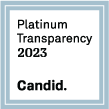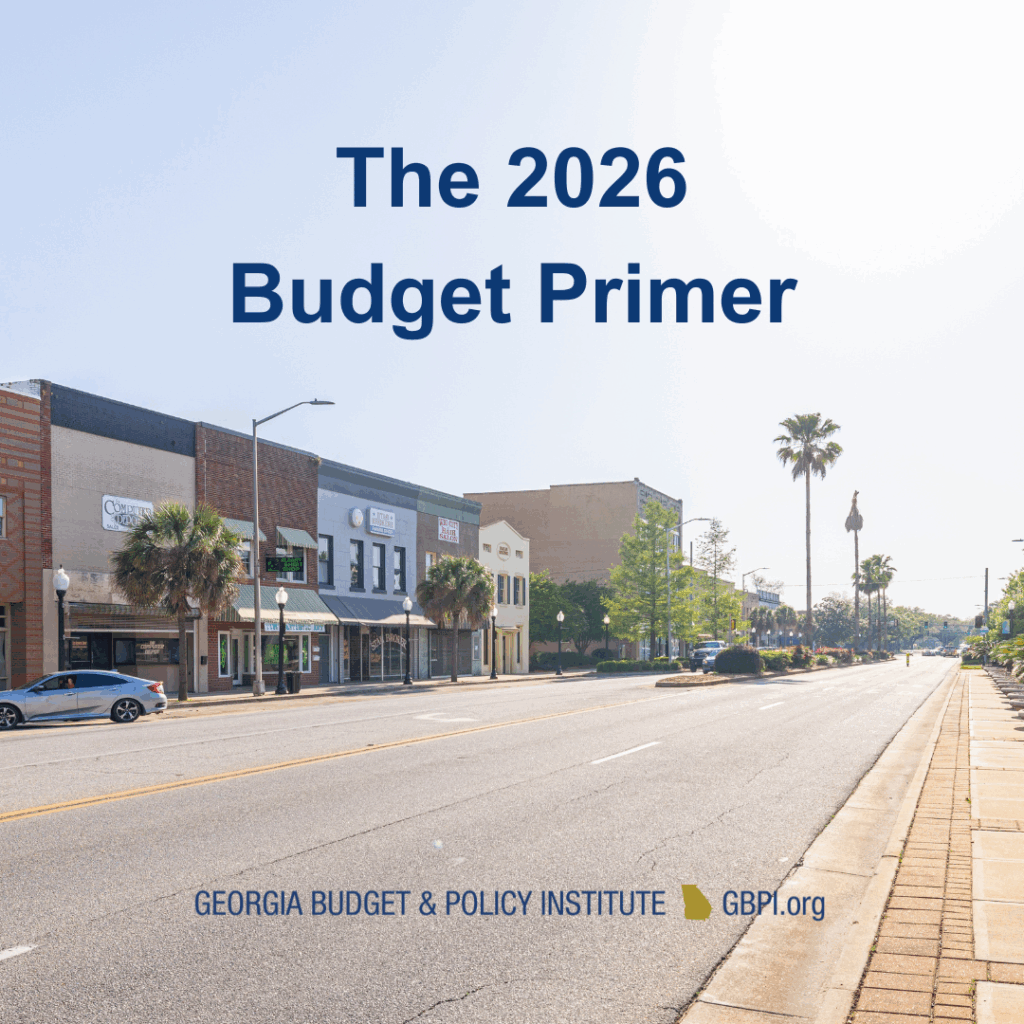 Student loan debt in Georgia is a growing burden for its college students, but state policymakers are not taking steps to slow the worrisome trend. Most Georgia students graduate from college with loans and their debt burdens are increasing.
Student loan debt in Georgia is a growing burden for its college students, but state policymakers are not taking steps to slow the worrisome trend. Most Georgia students graduate from college with loans and their debt burdens are increasing.
Existing financial aid programs fall far short of covering the cost of higher education in Georgia. At a time when a postsecondary certificate or degree is more essential than ever, it keeps getting harder and harder for students to earn one. So Georgia students are left to pile on debt as their best way to get a job that pays well.
Fifty-five percent of students who graduated from college in Georgia in 2010 carried student loans, with an average balance of $18,888. Two years later 59 percent of graduates left school with an average loan balance of $23,089. Students are pushed to borrow because Georgia lacks a comprehensive, state-funded need-based aid program. The state’s three need-based aid programs have limited funding and scope. They are the REACH Scholarship, Student Access Loans and Student Access Loans-Technical.
The REACH Scholarship targets low-income middle school students and provides mentoring while they are in school. School districts are required to raise the money for the scholarship, but many of them are coping with large state funding cuts. Thus far only five districts signed on to the program.
With a budget of $20 million, the Student Access Loan program provides low-interest loans to students after they exhaust all other aid options. The program receives many more applicants than it can afford to cover. The Student Access Loan-Technical program is a new low-interest loan program for students in technical colleges. With funding of only $10 million, though, it remains to be seen if all of the technical college students who need help to pay for school will get it.
Georgia’s largest aid program is the merit-based HOPE scholarship. However, most students in the university system are not on a HOPE scholarship. Only about a third of students got a HOPE scholarship in the 2011-2012 year, the most recent year data are available. And it seems likely that the students most in need of financial aid do not get it through HOPE. Georgia’s schools with the highest percentage of Pell grant recipients are also schools with the lowest percentage of HOPE scholars.
| Institution | Percent with Pell 2011-2012 |
Percent on HOPE Fall 2011 |
| Savannah State University | 81 | 17 |
| Albany State University | 78 | 20 |
| Fort Valley State University | 75 | 17 |
| Dalton State College | 59 | 33 |
| Middle Georgia College | 59 | 21 |
| Gordon College | 57 | 22 |
| Clayton State University | 55 | 24 |
| College of Coastal Georgia | 53 | 22 |
| Georgia State University | 49 | 43 |
| Abraham Baldwin Agricultural College | 47 | 27 |
Postsecondary education is an essential stepping stone to economic security for students and the path to a skilled workforce for the state. Georgia needs to support the efforts of students pursuing education beyond high school with a statewide, needs-based financial aid program.








